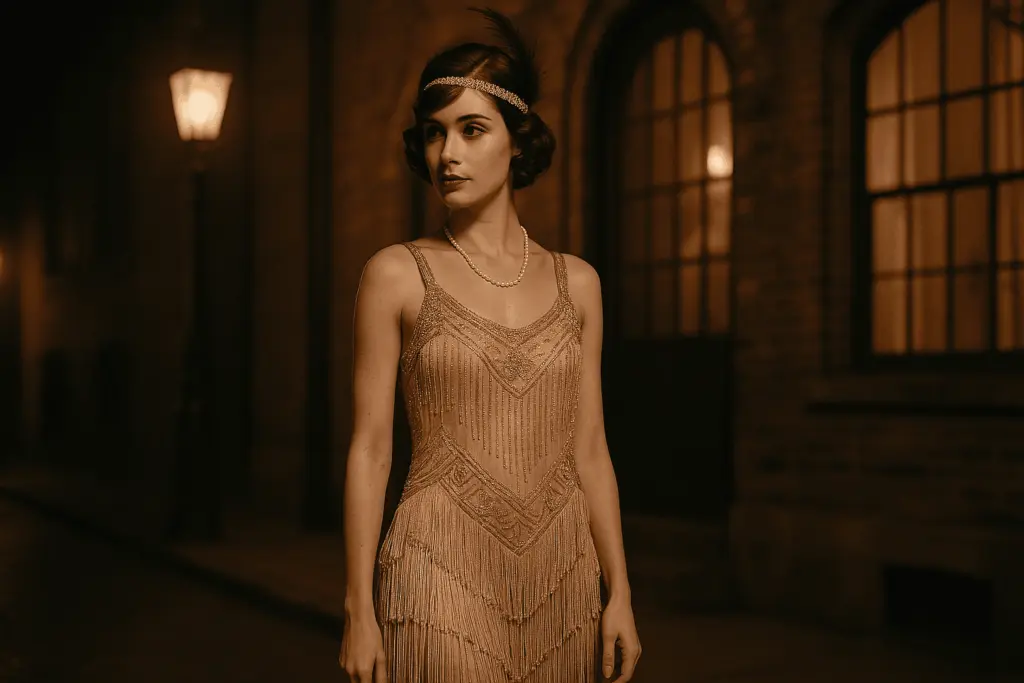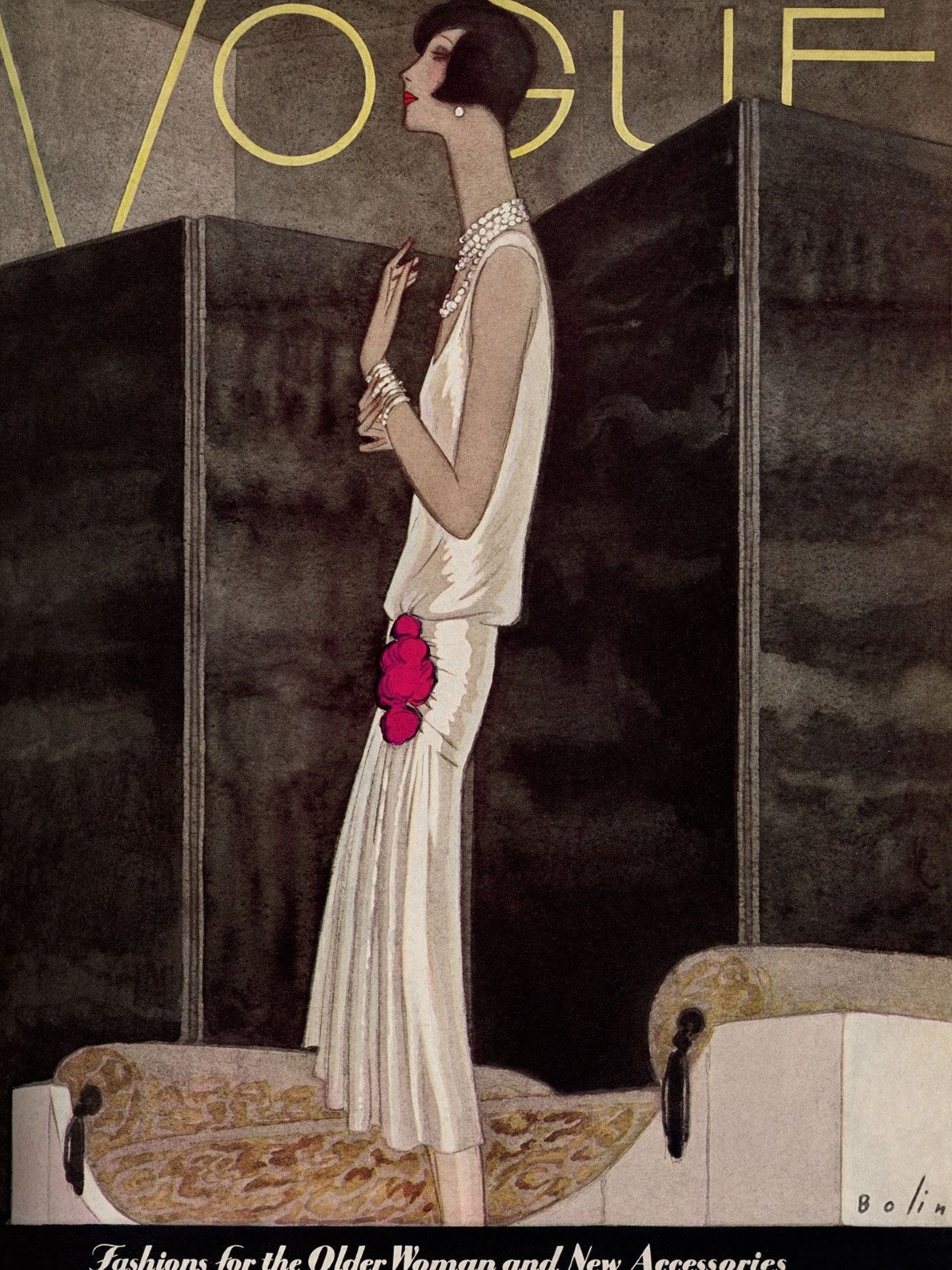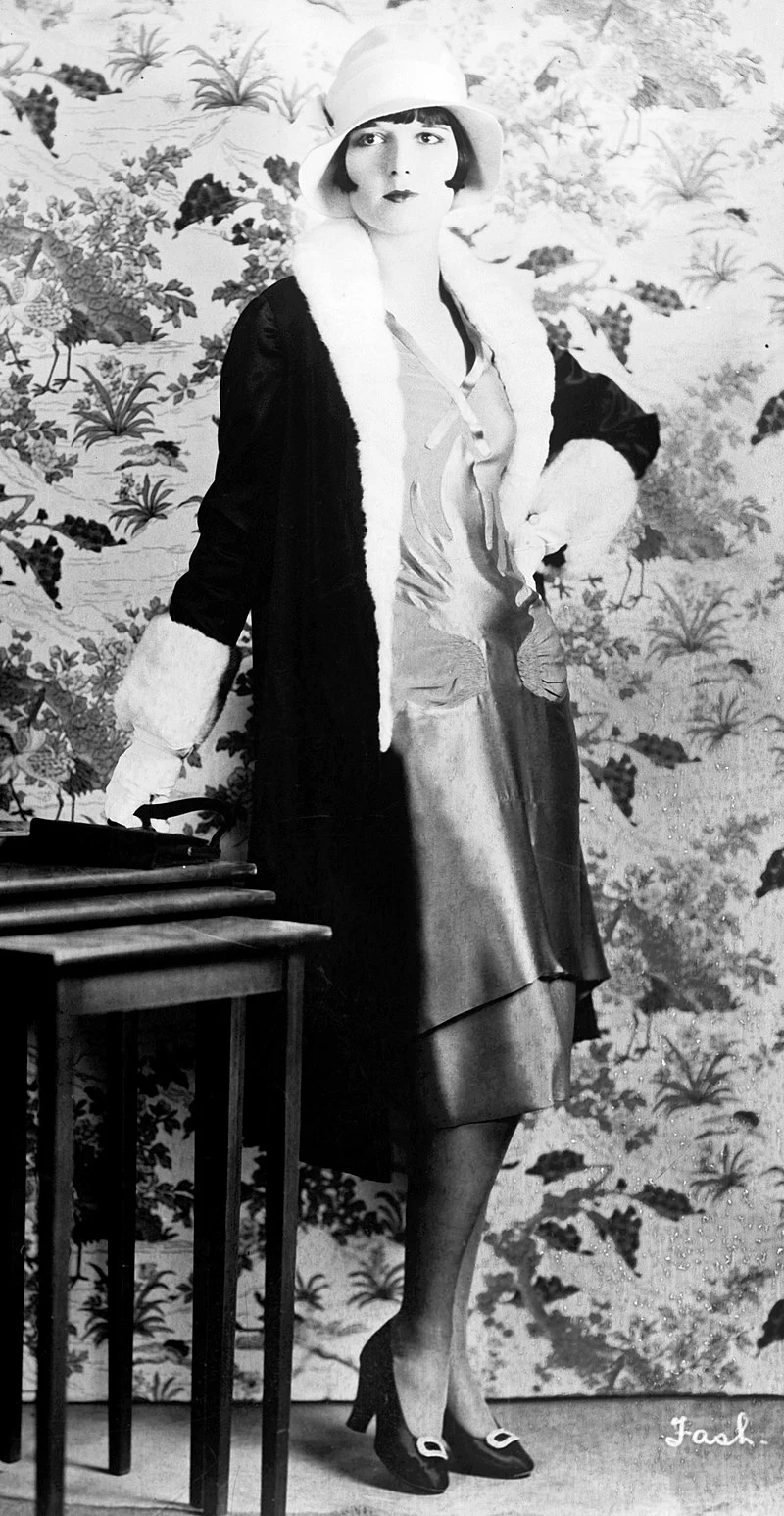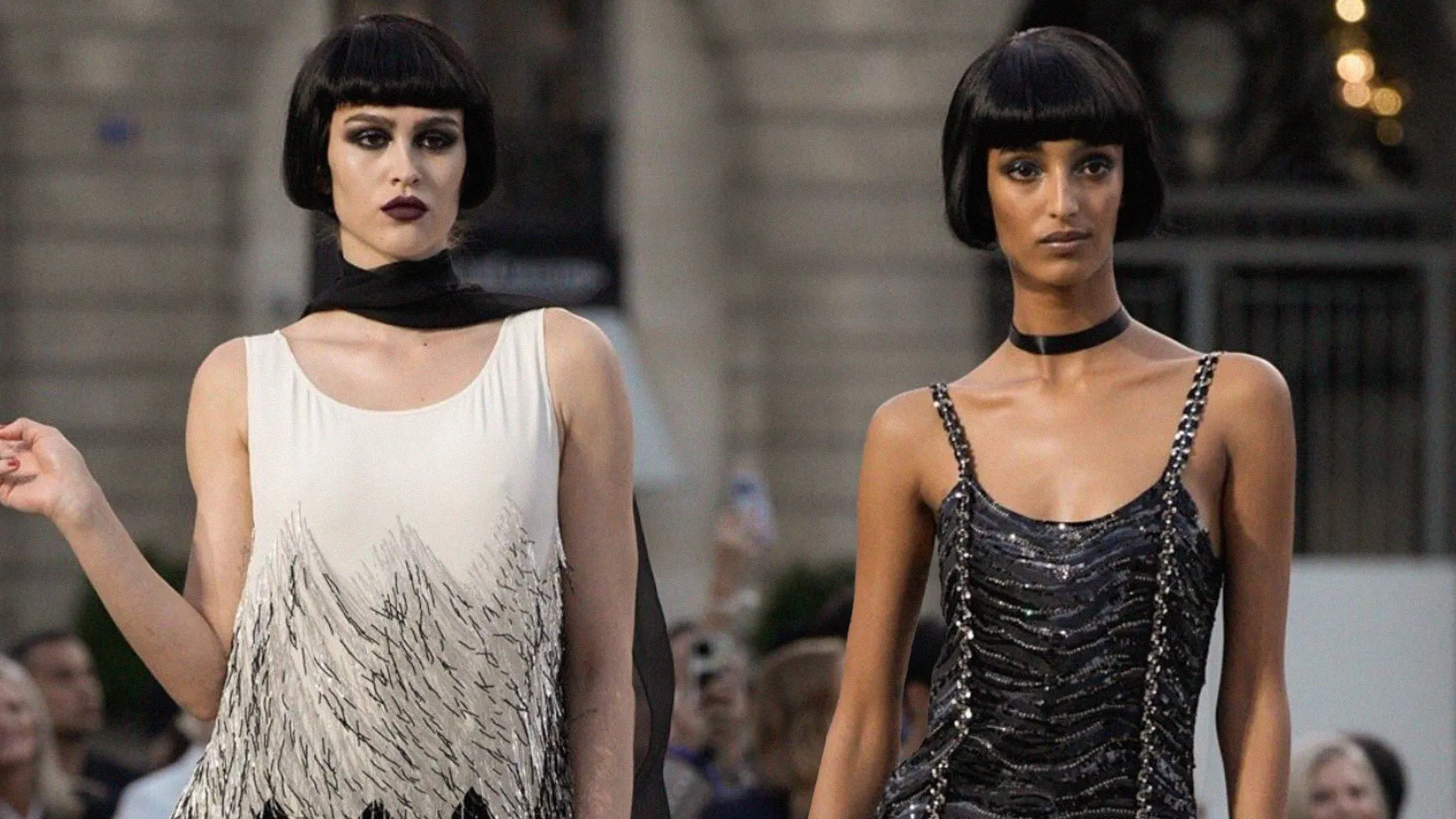
1. The Rise of the Flapper
The roaring twenties was an age of energy, excitement, and transformation. After the devastation of World War I, the world experienced a new cultural awakening. Cities filled with jazz music, speakeasies, and youthful confidence. An economic boom swept through America and parts of Europe, creating more opportunities for both men and women. For the first time, young women felt real independence—they entered the workforce, drove cars, smoked in public, and redefined how women should look and behave.
This new confidence demanded a new wardrobe. The flappy dress, better known as the flapper dress, became the perfect dress for the modern woman. Short, free-flowing, and daring, it replaced the heavy corsets and long skirts of the past. It symbolized individuality, economic freedom, and rebellion against the old rules. Flappers weren’t just wearing a style—they were expressing a new way of life. With bobbed hair, red lipstick, and short hemlines, they captured the spirit of the Jazz Age. The flapper lifestyle became a visual declaration of freedom and self-expression.
2. What Was a 1920 Flapper Outfit?
A 1920 flapper outfit wasn’t just about fashion—it told a story. Every detail reflected the changing attitudes of society. The straight, boyish shape of the dress rejected Victorian ideals of femininity. The fabrics shimmered under dance hall lights, and the fringes moved to the rhythm of jazz. It was a celebration of movement, fun, and empowerment.
|
Feature |
Description |
|---|---|
|
Silhouette |
Straight and loose, allowing complete freedom for dancing |
|
Fabric |
Silk, chiffon, or satin with shimmering finishes of gold and silver tones |
|
Waistline |
Dropped waist creating a relaxed bodice look that moved with the body |
|
Accessories |
Long pearl necklaces, heels, gloves, and feathered headbands |
|
Length |
Knee length, the perfect cut for showing off graceful motion |
The typical flapper outfit went against the long, structured silhouettes of earlier decades. Many women saw it as a way to express independence, while others considered it shocking. Yet, this style quickly spread across the country. American and British magazines began featuring flapper dresses, and young people eagerly embraced the look. It was fashionable, rebellious, and deeply modern.

3. Design Details That Made Flapper Dresses Iconic
Flapper dresses were a masterpiece of design. Each one blended creativity, craftsmanship, and a sense of fun. Designers focused on movement—every bead, fringe, and sequin caught the light as women danced the Charleston or the Foxtrot. The combination of texture, shine, and geometry made these dresses timeless.
- Beads and Sequins: Rows of hand-sewn beads and silver threads made each dress shimmer. Every time a woman spun on the dance floor, her dress became part of the music.
- Fabric and Layers: Layers of silk, satin, or chiffon gave depth to the design, allowing fluid motion and soft elegance.
- Art Deco Fashion: The influence of art deco patterns introduced geometric lines, metallic motifs, and symmetry that mirrored the optimism of the era.
- Necklines and Sleeves: Short sleeves and deeper necklines expressed confidence and glamour. These features transformed the traditional image of women into something bold and modern.
- Accessories: Flapper outfits often included strings of pearls, jeweled tiaras, and T-strap heels, completing the iconic 1920s look.
Art Deco Influence Table
|
Design Feature |
Art Deco Connection |
|
Geometric Patterns |
Represented modernity and progress through clean lines |
|
Metallic Finishes |
Captured nightlife energy and reflected electric lights |
|
Bold Colors |
Expressed youth and vitality, from emerald green to deep blue |
|
Structured Lines |
Added balance to loose, layered silhouettes |
The flapper dresses of the 1920s became cultural landmarks. They appeared on magazine covers, in Hollywood films, and in the wardrobes of women across continents. This widespread love of fashion connected arts, music, and lifestyle into a single cultural moment. The rise of the flapper became a symbol of the modern generation—girls who sought fun, independence, and confidence.

4. The Influence on Modern Fashion
The legacy of the flapper continues today. Modern designers constantly revisit the aesthetics of the Great Gatsby era, using it as a foundation for new creativity. Fringe details, dropped waists, and metallic tones are seen everywhere from haute couture runways to streetwear collections. These vintage inspirations remind us how powerful and forward-thinking 1920s fashion was.
|
Modern Trend |
1920s Connection |
|
Fringe Dresses |
Revive the movement and sparkle of the flapper silhouette |
|
Cocktail Dresses |
Capture the short, social energy of Jazz Age fashion |
|
Metallic Fabrics |
Recreate the gold and silver glamour of Gatsby-style parties |
|
Minimalist Shapes |
Reflect freedom from corsetry and structured designs |
|
Beaded Details |
Pay homage to handmade artistry and craftsmanship |
In fashion shows and films, from The Great Gatsby to Downton Abbey, the revival of flapper fashion continues to influence pop culture. Modern evening gowns echo the flapper’s elegance, while party dresses reinterpret its rebellious charm. The spirit of the roaring twenties reminds designers that style can be a form of protest, pleasure, and empowerment.

5. Digital Revival: How PLM Helps Recreate Vintage Designs
Technology has given designers new ways to explore the past. With Product Lifecycle Management (PLM), creative teams can access digital fashion archives, restoring historic pieces like flapper dresses in incredible detail. This digital process allows designers to study original stitching patterns, beadwork, and fabrics—without damaging the fragile originals.
|
Benefit |
|
|
Digital Archiving |
Stores authentic patterns and materials from vintage collections |
|
Material Management |
Tracks fabrics, trims, beads, and accessories in digital databases |
|
3D Design Tools |
Builds realistic virtual prototypes for study and redesign |
|
Collaboration Systems |
Connects international design teams instantly |
PLM for heritage collections allows brands to celebrate the past while staying efficient. Designers can simulate how fabric moves or how layers of beads reflect light before creating physical samples. This saves time and keeps the integrity of original craftsmanship intact.
Digital PLM Workflow Example
|
Step |
Action |
Output |
|
1 |
Upload original 1920s patterns |
Archived in digital system |
|
2 |
Scan materials, beads, and lace |
Virtual material library created |
|
3 |
Create 3D prototype |
Interactive model for visualization |
|
4 |
Collaborate remotely |
Designers share real-time feedback |
|
5 |
Approve final version |
Ready-to-produce modern adaptation |
By digitizing flapper dresses, the fashion world bridges the gap between history and innovation. PLM tools not only safeguard heritage but also inspire future trends. As digital fashion becomes more advanced, the timeless glamour of flapper style continues to evolve, adapting to new platforms and technologies.
6. Conclusion: From Jazz Clubs to Digital Studios
The 1920 flapper outfit was far more than a garment—it was an idea, a declaration of freedom, and a symbol of progress. The flappy dress embodied joy, individuality, and rebellion in a world ready for change. The movement of beads, the shimmer of silver, and the sound of jazz merged into a single artistic expression that defined a generation.
Today, digital fashion archives and PLM technology ensure that these iconic designs remain alive. The story of the flapper dress connects the smoky jazz clubs of the 1920s with the sleek screens of modern studios. From vintage museums to digital 3D design platforms, designers continue to find inspiration in its rhythm and radiance.
The flapper spirit remains timeless. She still dances through history—bold, glamorous, and free—reminding every new generation that fashion is more than what we wear; it’s how we express who we are.





Leave a Reply